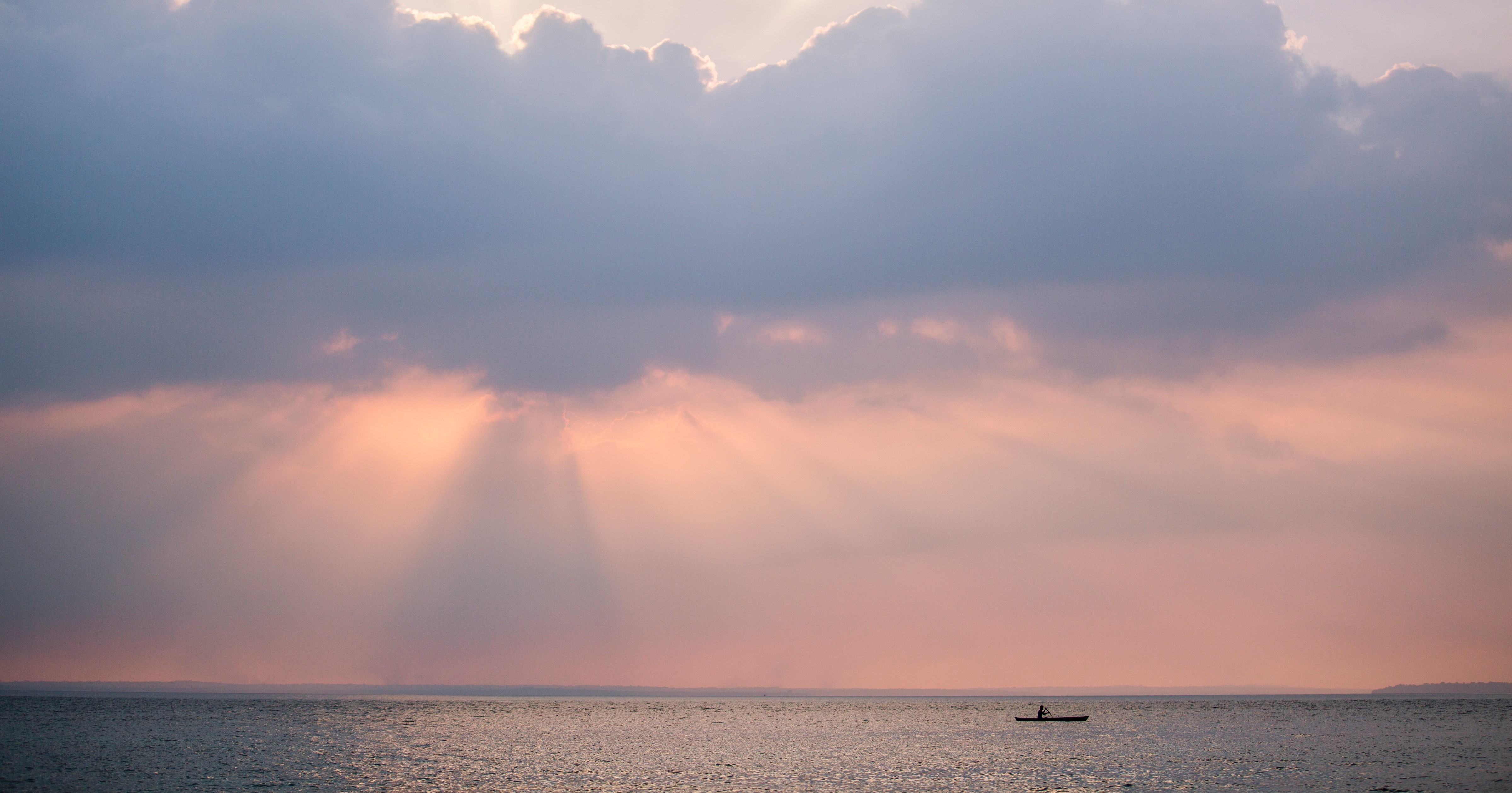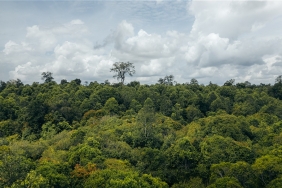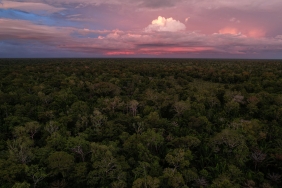LEARNING ABOUT THE CITY'S HYDROSPHERE WITH BUMI PANDA
By: Sani Firmansyah and Natalia Trita Agnika
Water has an important value for humans and other living things on earth. It varies from rain, springs, groundwater, lakes, rivers, seas, oceans, and water in the atmosphere. In an effort to educate the public about water, last Saturday (19/9) Bumi Panda organized an adventure activity to learn about the waters that surround the earth (hydrosphere) in Bandung. The activity, which aimed to help participants understand how to best utilize and protect water, was attended by 30 participants from a number of elementary schools around Bandung.
The activity began with a visit to Curug Dago. There, the participants were divided into four groups. Each group was guided by a companion brother. To arrive at the location of the waterfall, the participants had to walk through the forest first. The roaring sound of the waterfall made them excited. "Sis, are we close to the waterfall?" asked Gala, the younger sister of one of the participants who was still in kindergarten. The students' curiosity was answered when they arrived at the waterfall. The water was flowing swiftly. "Wow, there is a lot of water. But why is the water brown?" asked Nasya. Sani Firmansyah from Bumi Panda explained that the brown water may be due to the content of soil particles, mud, or because it is polluted by garbage that people throw into the river.< br />
The observation continued to the river flow around the waterfall using a rubber boat. There, apparently, was a lot of garbage. All participants were mobilized to remove the garbage, which was dominated by plastic. Iyan Supriyana, a representative of the Curug Dago management, explained that the river is also polluted by cow dung that farmers throw upstream. In a day, a cow produces an average of 25 kg of waste. Currently, there are around 11,000 cows in the upper reaches of the river located in Lembang. "Can you imagine why this river is dirty? Plus tourists who like to litter," said Iyan.
After venturing to Curug Dago, the participants cleaned up and continued their journey to Bumi Panda to discuss their observations. Before the discussion, the participants watched the documentary "Rivers for All" which tells the story of a clear river that is the source of life for the people in Rimbang Baling, Riau. They then compared the two rivers and concluded that to keep the river clear and able to be a source of life is to not litter, let alone throw it into the river.
The day's activities were closed by making a mock-up of water using paper and used items. The enthusiasm of the participants was felt in this session. The results of their work were then presented in front of other participants.





